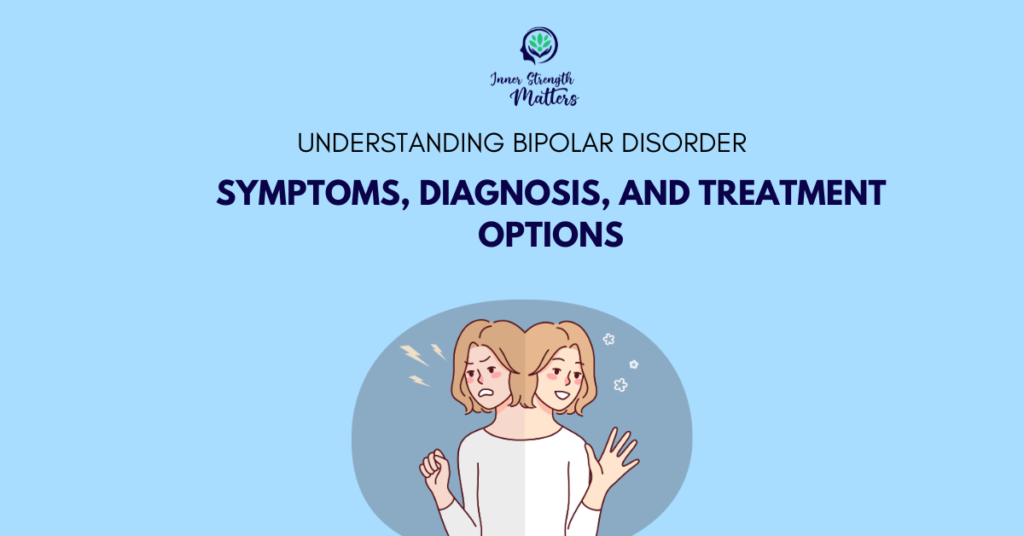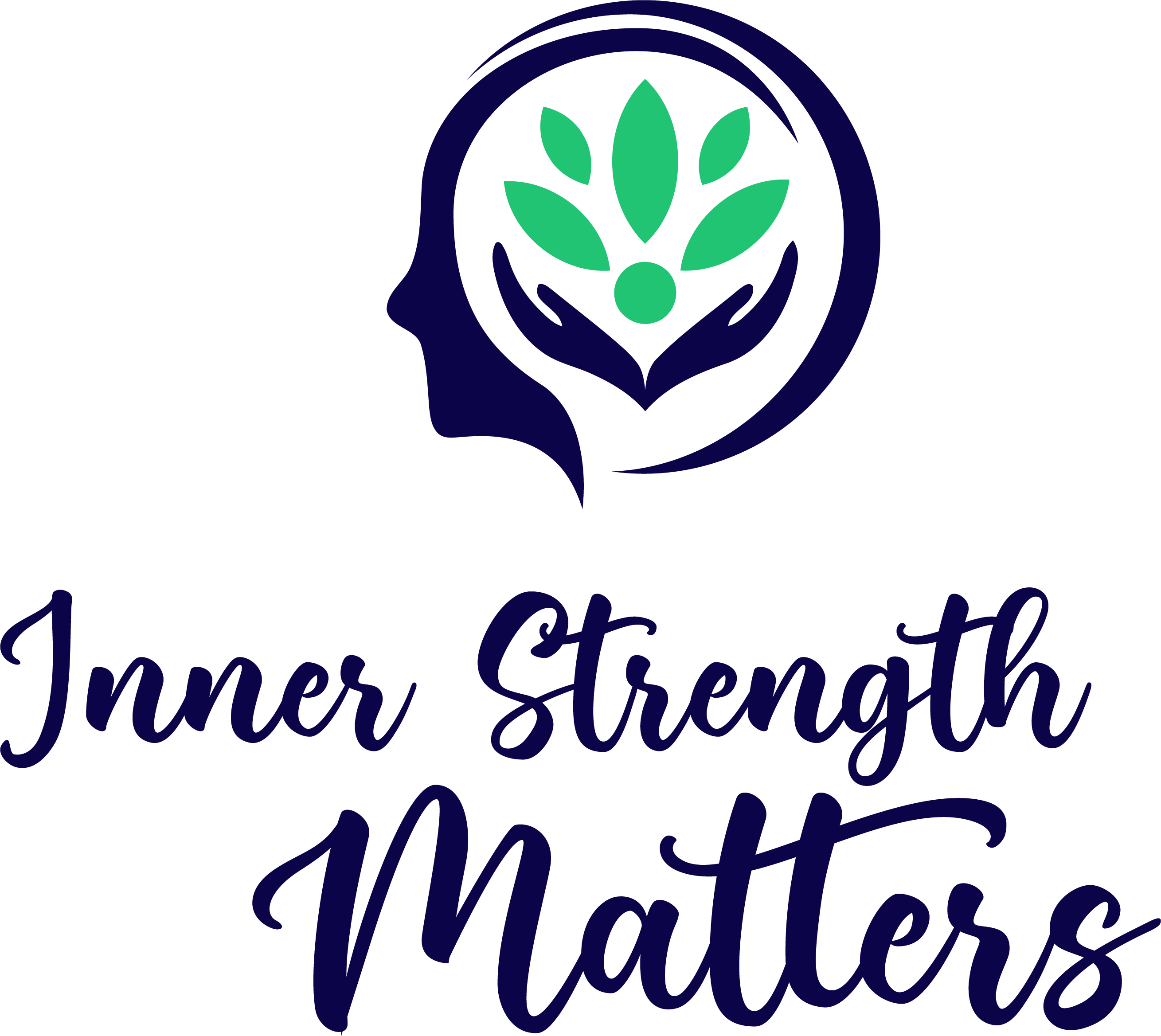Living with mood shifts that swing from deep lows to elevated highs can be confusing, exhausting, and disruptive—not just for those experiencing it, but also for their families and loved ones. Bipolar disorder is a mental health condition that affects millions of people worldwide, often appearing in late adolescence or early adulthood. It’s more than just moodiness or emotional ups and downs; it’s a complex condition that requires proper understanding, support, and care. For individuals navigating life with these symptoms, clarity and guidance can be life-changing.

Recognizing the Signs:
The first step in addressing any mental health challenge is recognizing the signs. In the case of this condition, mood episodes are central. These are present in two distinct ways—manic or hypomanic episodes, and depressive episodes.
Manic episodes may include an elevated or irritable mood, increased energy, reduced need for sleep, racing thoughts, impulsive behavior, and an inflated sense of self-confidence. These periods can feel euphoric but may lead to risky decisions and strained relationships.
On the other hand, depressive episodes are characterized by feelings of sadness, hopelessness, loss of interest in daily activities, fatigue, and sometimes thoughts of worthlessness or self-harm. These symptoms can last for days, weeks, or longer and may significantly impact day-to-day functioning.
For some individuals, mood changes can happen only a few times a year. For others, they can occur more frequently. The intensity and duration of each episode can vary widely from person to person.
How It Is Diagnosed
Diagnosis is not always straightforward. Many individuals live with the symptoms for years before receiving a proper evaluation. Misdiagnosis is common, especially when someone seeks help during a depressive episode but has not yet experienced or recognized symptoms of mania.
Mental health professionals use a combination of clinical interviews, personal history, and sometimes input from family members or close friends to form a full picture. Diagnostic criteria also consider how long the symptoms have lasted and how significantly they interfere with everyday life.
It’s important to note that there are different types of this condition. The two most well-known are Bipolar I and Bipolar II. The former involves at least one full manic episode, while the latter is marked by hypomanic episodes—less severe than full mania—and longer depressive periods.
Effective Treatment Options
While there is no single cure, many treatment strategies have proven effective in helping individuals lead fulfilling lives.
Medication:
Stabilizing mood is often the first goal. Medications such as mood stabilizers, antipsychotics, or antidepressants (used cautiously) are commonly prescribed. It can take time to find the right combination, and regular follow-ups with a healthcare provider are essential.
Psychotherapy:
Talking therapies like Cognitive Behavioral Therapy (CBT) or Interpersonal and Social Rhythm Therapy (IPSRT) can provide practical skills for managing mood episodes, dealing with stress, and improving interpersonal relationships. Therapy also offers a safe space to process emotions and build resilience.
Lifestyle Adjustments:
Sleep, diet, and physical activity all play a role in emotional regulation. Maintaining consistent routines, avoiding substances that can trigger episodes, and practicing mindfulness can support emotional stability.
Support Networks:
Whether through peer groups, online communities, or trusted friends and family, feeling understood and supported makes a significant difference. Education is key—not only for those affected but also for their loved ones—so that everyone can work together in a compassionate and informed way.
Conclusion
Understanding bipolar disorder requires more than just knowing the symptoms—it demands empathy, patience, and an openness to complexity. For those affected, recognizing that they are not alone and that help is available can be the beginning of real change.
Through appropriate treatment, education, and support, individuals can learn to manage their condition effectively. Let’s continue to create spaces that honor mental health struggles without judgment, where people feel safe to seek help, and where everyone has the opportunity to thrive.
